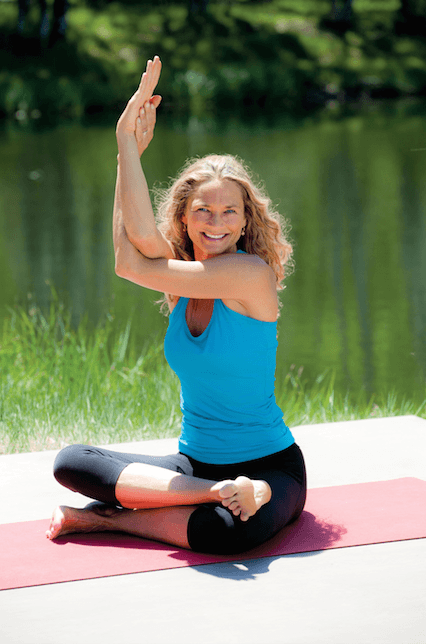According to Dr. Jonny Bowden in his The 150 Healthiest Foods on Earth, coconut provides healthy fats, including lauric acid, which are antiviral, antimicrobial, immune-boosting, and even help fight some cancers. Your body uses the easier-to-metabolize medium-chain triglycerides (MCTs) in coconut to burn as fuel rather than store as fat.
Electrolyte-rich coconut water doesn't offer those healthy fats, and many commercial brands contain added sugar. Athletes who need to rehydrate post-workout should be fine with no-sugar-added coconut water, but you'll only get those healthy fats in coconut oil, coconut butter, coconut milk, and coconut meat.
Determined to milk (no pun intended) the coconut-is-healthy buzz, manufacturers position coconut sugar as a better alternative as customers understandably grow wary about high-fructose corn syrup and other sweeteners. But is coconut sugar really better or just the latest hype?
Coconut sugar also contains good amounts of inulin, a type of dietary fiber you don't digest in your upper gastrointestinal tract. Instead, inulin
acts as a prebiotic, feeding your intestinal bifidobacteria (a probiotic).
Among its benefits,
clinical research finds prebiotics like inulin support gut health, colon cancer prevention, blood sugar balance, lipid (fat) metabolism, bone mineralization, fatty liver disease, obesity, and immunity.
One study in the
Diabetes & Metabolism Journal found inulin could i
mprove glycemic control and antioxidant status in women with Type 2 diabetes.
Nutrients and inulin aside, let's not forget coconut sugar is a sweetener. Like table sugar, coconut sugar contains about equal amounts of fructose and glucose.
More specifically, a study in the
ASEAN Food Journal found coconut sugar has about
71 percent sucrose, or table sugar, as well as 3 percent pure glucose and 3 percent pure fructose.
In other words, about 78 percent -- over three-fourths -- of coconut sugar is actually sugar, compared with 100 percent of table sugar. (Nutrients, inulin, and antioxidants constitute coconut sugar's other 22 percent.)
Inulin and nutrients likely lower coconut sugar's blood sugar impact. One study in the journal
Nutrition Research and Practice gave participants
either 50 grams of table sugar or coconut sugar (as coconut-derived D-xylose) and took seven blood samples up to two hours after ingestion.
Coconut sugar had a lower glycemic index, a measure of how quickly a food raises your blood sugar levels, on every one of those seven samples. Researchers here determined coconut sugar had a glycemic index of about 35, officially ranking it a low-glycemic sweetener.
But not so fast: The glycemic index only measures glucose, not fructose. Whereas nearly every cell can use glucose, fructose goes straight to your liver to metabolize.
According to Dr. Joseph Mercola,
excessive amounts of fructose elevate blood pressure, triglycerides, and LDL; deplete vitamins and minerals; raise insulin resistance and obesity; and contribute to cardiovascular disease, liver disease, cancer, arthritis and even gout.
Some whole foods contain this sweetener, but fruit juices and added sweeteners are where fructose really becomes a problem.
"If you received your fructose only from vegetables and fruits (where it originates) as most people did a century ago, you'd consume about 15 grams per day -- a far cry from the 73 grams per day the typical adolescent gets from sweetened drinks," writes Mercola.
Simply put, coconut sugar isn't the no-guilt free-for-all some manufacturers might have you believe you can liberally spoon into your coffee, baked goods, and anywhere else you require sweetener.
Instead, a lower glycemic index coupled with slightly lower amounts of fructose makes coconut sugar, like honey, a slightly better alternative to table sugar and an acceptable occasional "proceed with caution" sweetener. Nutrients aside, it's still mostly sugar and can create similar problems with your liver and blood sugar.
If you need a healthy sweetener for your coffee or homemade salad dressing, opt for
natural alternatives like stevia, monk fruit, and erythritol, which don't raise your blood sugar, don't stress out your liver, and even provide some health benefits.
What's your go-to sweetener for beverages, baking, and any other place that demand sugar?
Additional References
Jonny Bowden, The 150 Healthiest Foods on Earth (Massachusetts: Fair Wind, 2007).
~Thanks to JJ Virgin






